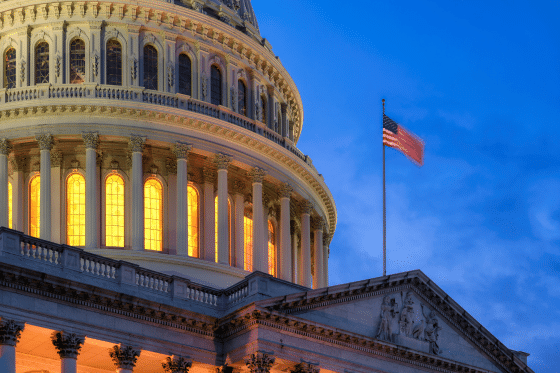In addition to the $6 billion bailout for existing nuclear reactors, the infrastructure package proposes to authorize full funding for the Department of Energy's Advanced Reactor Demonstration Program. The Energy Act of 2020, attached to the FY2021 Omnibus passed in December, already authorized $2.1 billion in appropriations for the program for FY2021-2025. The infrastructure deal modifies that authorization by adding $742 million for FY2022 through FY2025 and tacking on $734 million more for FY2026 and FY2027.
Unlike other spending authorizations, the infrastructure deal makes it very clear where the money should go – to the two awards already provided by DOE to X-Energy and TerraPower. In October 2020, DOE awarded each company $80 million and promised to spend a total of $3.7 billion over seven years. The infrastructure package indicates some willingness in Congress to go along with DOE's plan. The two companies are developing a small modular reactor (SMR) design as well as a sodium‐cooled fast reactor. Given the industry's long history of struggling to compete in energy markets, its unlikely whether the proposed billions would be enough to make either reactor competitive.
Crucially, the infrastructure package only authorizes the spending and refrains from making the actual appropriations. That means appropriators still have time to take a second look and better protect taxpayers by pulling back from the heavily subsidized nuclear industry.
Lastly, the proposal lays the groundwork for future financial support to SMRs – producing 300 megawatts electric (MWe) – and micro-reactors – producing 50 MWe or less. One provision in the package requires the DOE to report on how great SMRs are, how else they can support nuclear deployment, and how they might put an SMR at a DOE facility. Another provision authorizes DOE to provide technical and financial assistance to any isolated community that wants to site an SMR or micro-reactor in their town. And a third provision authorizes DOE to assign property interest to anyone if it's part of an agreement with a project receiving funding through the Advanced Reactor Demonstration Program. No dollar figures are attached to these measures, but all three could mean serious taxpayer spending on SMRs and micro-reactors down the road.










